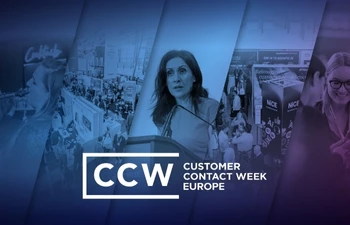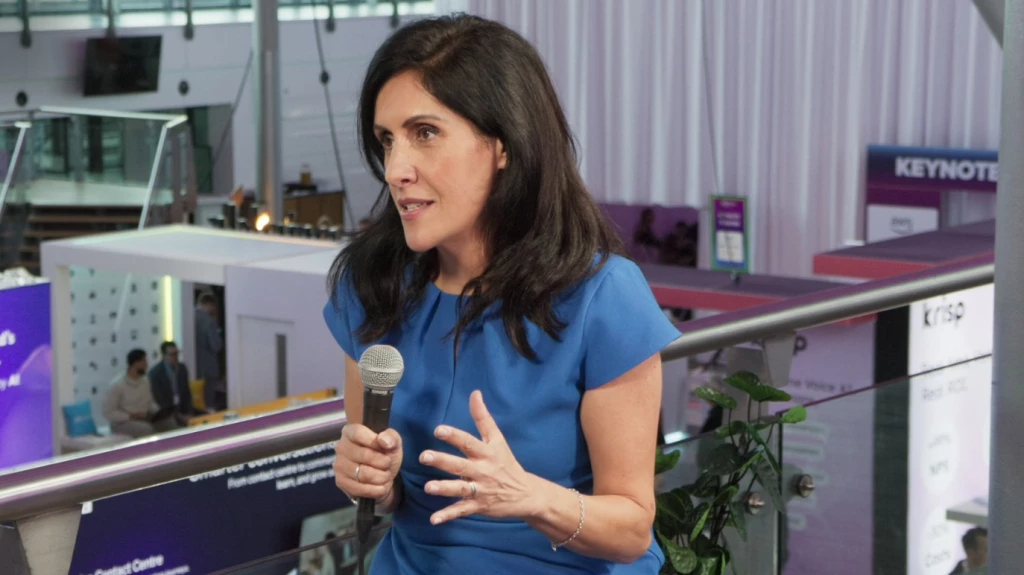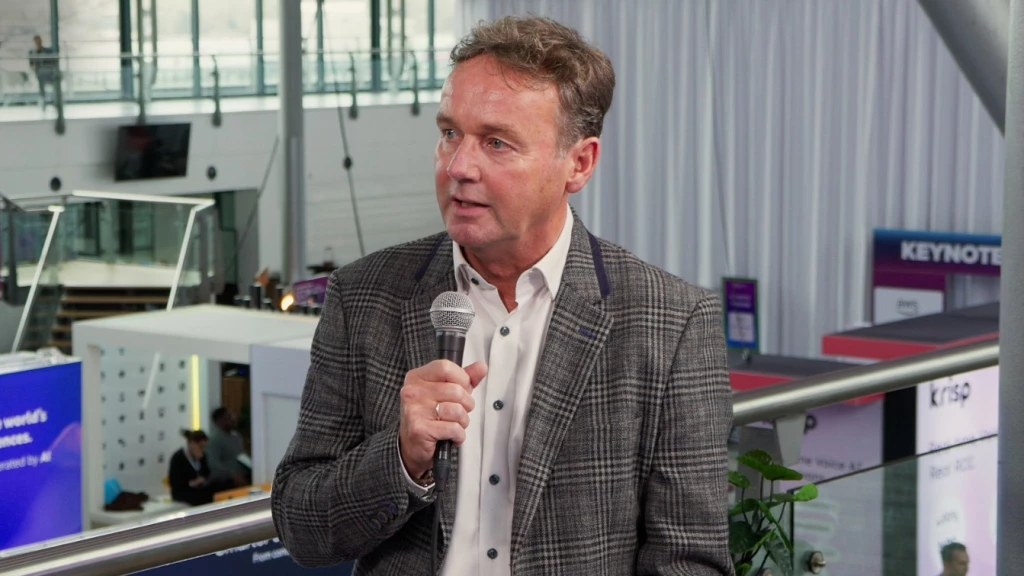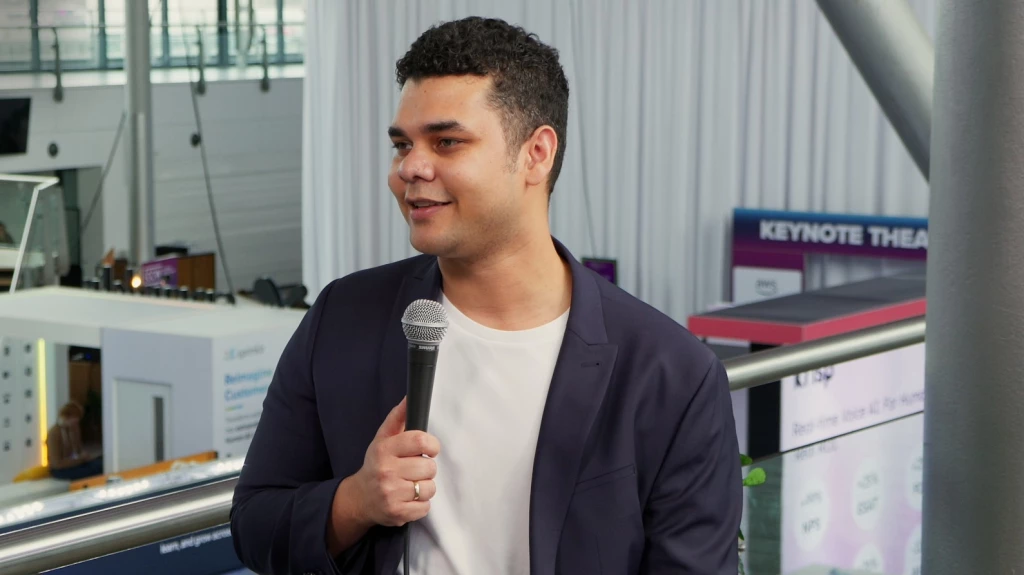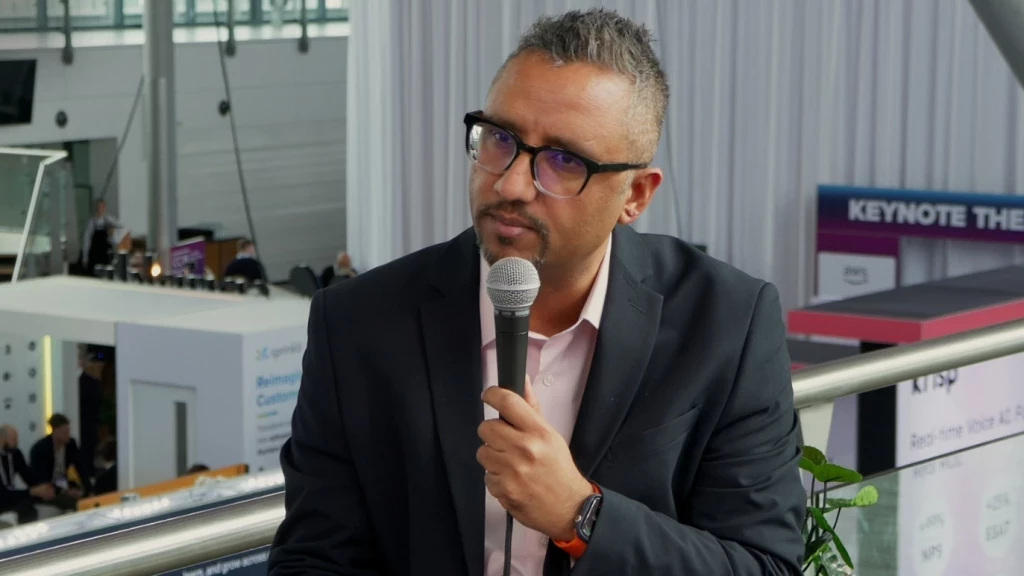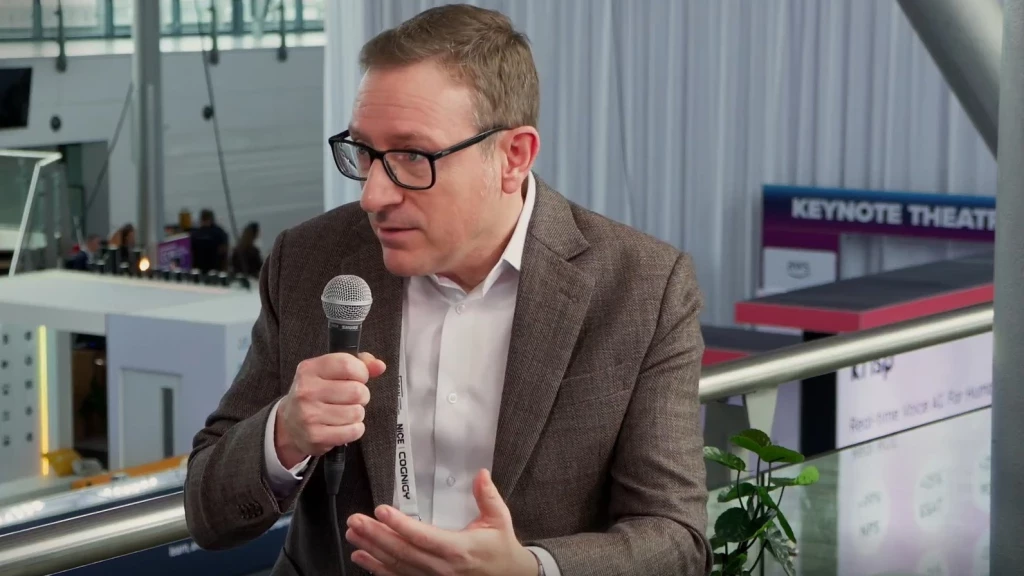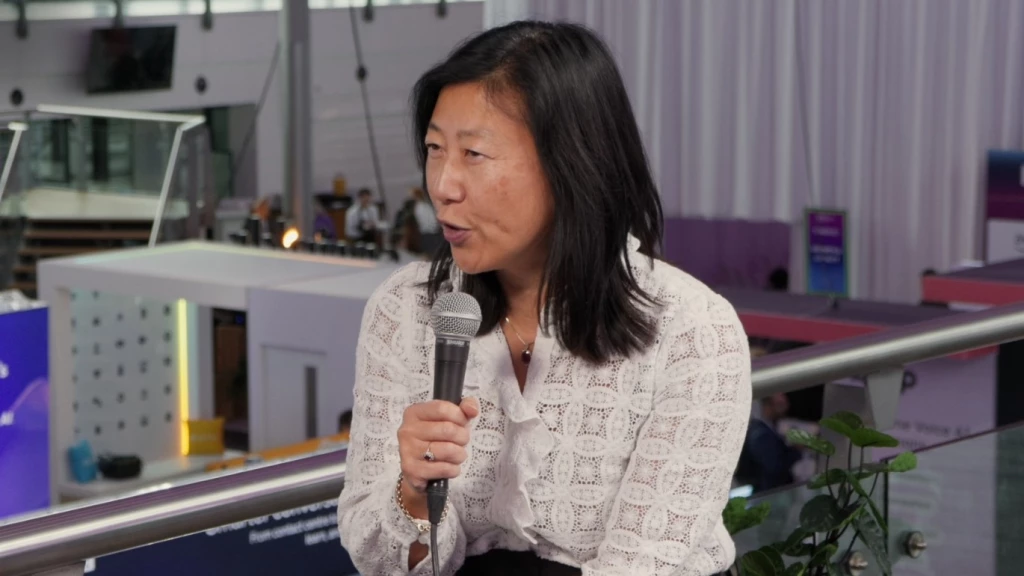At Your Service: Delivering End-To-End Engagement for Customers
How businesses can achieve efficient, productive, transparent, and scalable service, as well as best-in-class experiences in the contact centre and in the field with a single connected service platform
Add bookmark
Customer service is broader and reaches further than ever. Service is crucial during marketing, sales engagement, the transaction itself, and ongoing maintenance. Service is everywhere. But in recent times, many businesses have struggled to deliver good customer service as they attempt to juggle digitalisation with longer-term challenges around skills gaps, costs, and time pressures.
For companies operating both contact centres and field services, these challenges become even more pronounced. There is a disconnect between the contact centre and field employees, with many companies operating these departments separately. The resultant information loss not only hinders customer satisfaction and loyalty; it also impacts the company’s bottom line. A 200-agent contact centre, for example, loses US$1.5m in labour costs annually because of siloed communications.
To align these two channels as part of a seamless customer experience (CX), businesses require enhanced digitalisation, automation, and omnichannel integration to gain a 360-degree view of their customers within their contact centres. At the same time, field workers are challenged with service delivery optimisation, asset management, real-time communication, appointment scheduling, increased costs, and differing customer expectations. As such, achieving great end-to-end service, from the contact centre to field service support, is key.
The Evolution of Customer Service
Organisations are currently experiencing a great deal of uncertainty. The hangover from the COVID-19 pandemic, record inflation, and supply chain disruption all contribute to a challenging business environment. In light of these issues, a unified end-to-end service experience is essential for companies hoping to gain a competitive advantage in today’s market.
Customer service extends to sales, marketing, IT, and beyond. Shared goals and metrics provide a baseline for guaranteeing the experiences customers expect, but service professionals understand that a customer’s experience is influenced by more than just their service interactions. As service becomes increasingly digital, partnerships with IT are critical – 88% of service decision-makers list IT departments as their strategic partners.
In an era of on-demand information and communication, field service has evolved from simply offering appointment windows and nameless technicians. Mobile workers and dispatchers are largely dependent on digital tools, but see extensive room for improvement across multiple capabilities, even within high-performing teams. In fact, 75% of mobile workers say field operations are connected to core services at their organisation.
While the contact centre remains critical, physical, on-site service is an increasingly important factor in delivering customer success. As many as 86% of decision-makers at organisations with field services say they are critical to scaling their business, according to Salesforce’s State of Service, fifth edition report.
Michael Grün, Regional Sales Director at Salesforce, says: “If we look at the various problems being experienced by our customers, one issue keeps rearing its head – the need for higher levels of customer engagement. Meeting this demand is crucial for business scalability, at both the contact centre and field service level.”
A Unified Offering
Despite novel challenges, delivering great CX remains as important as ever, with 58% of consumers citing it as a decisive factor when making buying decisions. Today, a single connected service platform enabling end-to-end CX provides businesses with the best opportunity for achieving efficiency, productivity, scalability, and transparency, while guaranteeing their customers receive a best-in-class experience.
Meeting the various challenges around end-to-end service is made easier through the use of digital solutions supporting the entire customer journey – from the first engagement to the last. This is what Salesforce’s solutions can deliver. Salesforce Case Management, for example, helps businesses to streamline their service processes through console knowledge, and routing recommendations and analytics, which are powered by artificial intelligence (AI). Its Digital Service offering leverages engagement bots, voice recognition and transcription functionality, self-service, and visual remote assistants.
Salesforce’s solutions also help unify and streamline customer support through automation services, allowing organisations to leave time-consuming manual processes behind in favour of closer integration, more efficient workflows, and a holistic ecosystem. Similarly, the company’s Connected Enterprise Service provides an HR Service Centre and IT Service Centre within one integrated platform to avoid information loss and miscommunication. And in terms of field services, Salesforce offers schedule optimisation, asset management tools, and a mobile application so everything can be managed on the go.
“Effective customer service depends on a multi-step process,” Grün explains. “Think about an enquiry coming into the first level of the contact centre. It is then handed over to the second level, then to a back-office employee, and then to field service personnel to execute a solution on site. At every handover, there is an opportunity for information loss. That is why close integration between the different levels of customer service is vital.”
Salesforce conducted an annual survey of more than 3,000 businesses – large and small – to gather feedback on its services. Its most recent survey revealed that customers reduced case resolution time by 29%, increased agent productivity by the same amount, lowered support costs by 19% and, most importantly, increased customer satisfaction by 27%. These figures underpin the positive impact that digital tools can have on customer service.
End-To-End Solutions in Practice
Through a partnership with Salesforce stretching back over 10 years, Koenig & Bauer (KBA), the world’s second-largest printing press manufacturer, has seen first-hand how end-to-end service can be a differentiating factor for brands. Recently, KBA faced new challenges around financing and the discontinuation of funding, making visibility at each project stage absolutely crucial.
Boasting more than 4,500 employees across an extensive, global network of sales representatives, KBA urgently needed a tool that could display all its global projects in a structured way at the touch of a button. Salesforce delivered this through a CRM application standardising global sales processes and connecting all agencies and headquarters across one system. By also integrating Salesforce Service Cloud, KBA could structure and evaluate vast amounts of information from sales, service, marketing, and its printing machines. Connecting systems from KBA via the use of machine-to-machine communication with those at customer sites even enabled preventive maintenance.
“We implemented a full-scale digital transformation initiative to boost market share and profitability at KBA,” Grün continues. “This transformation started with customer service. Instead of simply selling a printing press as a piece of hardware, KBA began using sensors to measure the efficiency level among its customers. This provided a huge quantity of data, which ultimately allowed KBA to sell value and add services across the entire operation cycle of the printing press.”
Likewise, Endress+Hauser, a leading provider of process and laboratory measurement technology, has also enjoyed several benefits from working closely with Salesforce. By utilising both the Sales Cloud and the Service Cloud offerings, Endress+Hauser can now transform isolated assets into connected products. This means all employees worldwide (across 50 countries) can access the same detailed information, with a single platform delivering personalised customer service and offering automatic assignment to the most appropriate technician for on-site calls.
“Endress+Hauser is a long-standing Salesforce customer and we have worked with them to deliver an end-to-end service process,” Grün adds. “Notably, we have enhanced visibility for their equipment. Online portals allow Endress+Hauser to see if there is an issue with one of their sensors so they can proactively reach out to customers and offer virtual remote assistance if necessary. Customers, meanwhile, can view an overview of all their assets and their current service contracts.”
The Next Phase of Service Transformation
Modern customer service offerings must not only encompass a variety of different channels and tools – they must combine and integrate them with one another, eliminating the inefficiencies, bottlenecks, and costs associated with siloed processes.
Aligning a company’s contact centre and field services allows businesses to meet (and solve) customer challenges wherever they arise. Seamless, end-to-end CX can only be built via a holistic digital ecosystem, facilitated by automation, AI solutions, and closer integration between data, departments, and employees.
Salesforce’s customers have witnessed the benefits of adopting a unified platform that manages both contact centres and field services while offering additional solutions to boost engagement, efficiency, and productivity.
The next phase of service transformation is already here. Make sure your company is part of it.





